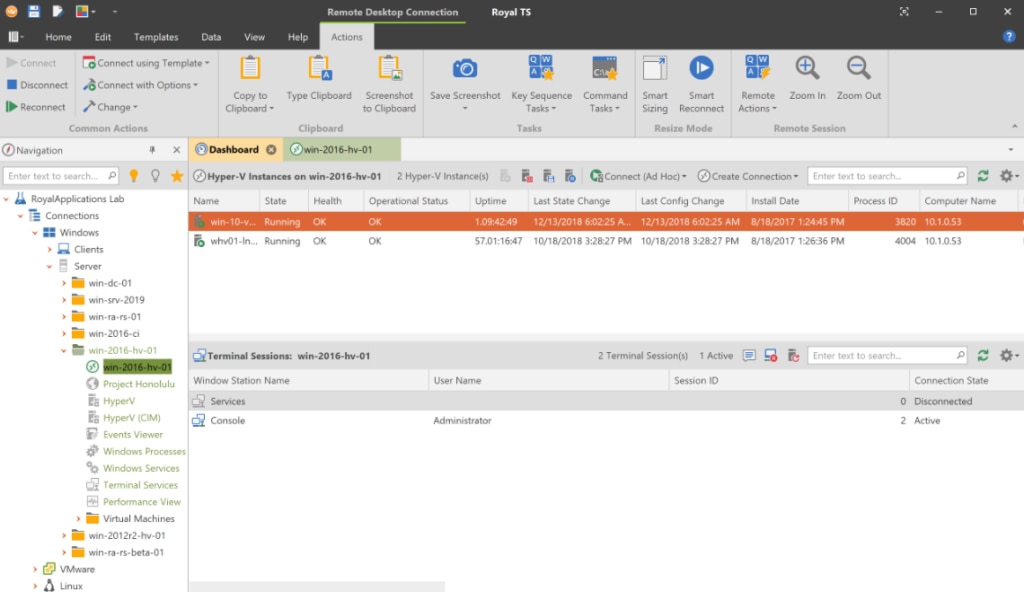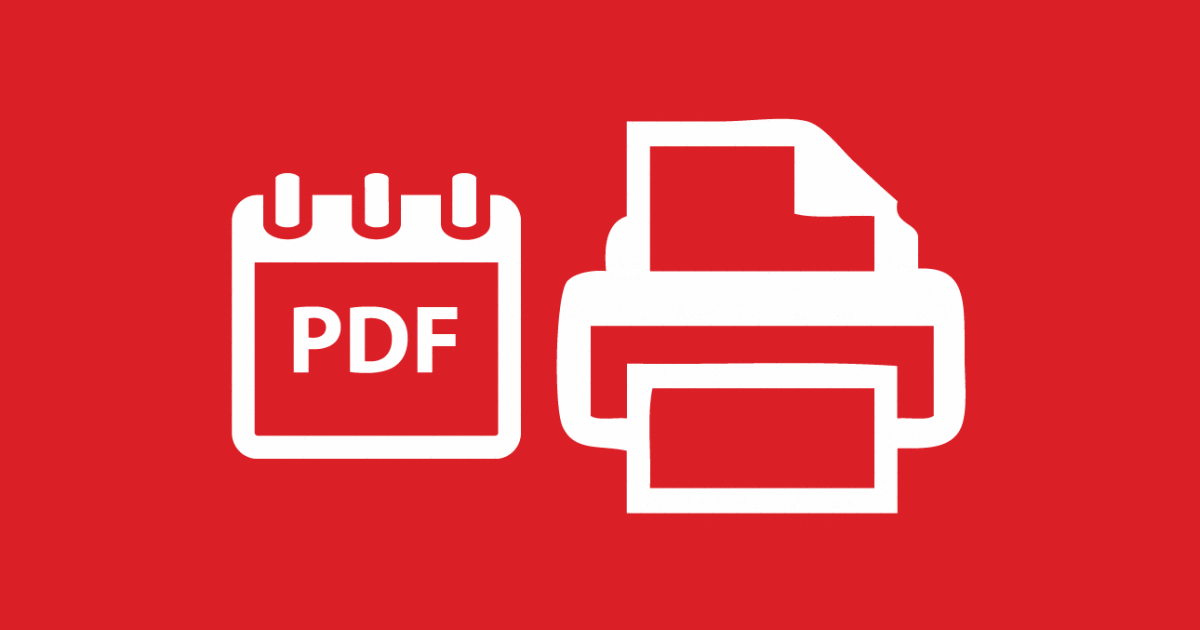- Rdp Alternative Windows 10 Home
- Rdp Server Windows 10 Home
- Allow Rdp Windows 10 Home
- Windows 10 Home No Rdp
What is an RDP Client?
As most users will be aware, one restriction in Windows 10 Home is that it will not act as an RDP Server, so you cannot remote to it from another device. Additionally, you can only run 10 Home in a Hyper-V virtual machine as a basic session (as it does not have RDP server capability), and cannot then get sound. Hangouts works with up to 10 participants using video out of the box or up to 15 if you are a business, government or school. It determines who is the primary speaker at any given time, and the camera view automatically switches to that user.
Remote Desktop Protocol (RDP) is a connection protocol developed by Microsoft to provide users with a graphical interface while connected to another computer over a network connection. The connecting user must deploy an RDP client software, while the receiving computer must deploy RDP server software.
There are several RDP Clients for Windows 10, Windows 8.1, Windows Server 2019, Windows Server 2016, and Windows Server 2012 R2. The available client apps for different clients are listed below:
| Client | App |
| Windows Desktop | Windows Desktop client |
| Microsoft Store | Windows 10 client |
| Android | Android client |
| iOS | iOS client |
| macOS | macOS client |
| Html 5 | Html5 client |
The RDP servers are built into Windows operating systems and can be enabled through the Server Manager panel.
Microsoft Remote Desktop Assistant

You can download and install Microsoft Remote Desktop Assistant, and use it to enable Remote Desktop Services, hence allowing other devices to access your PC. Follow the steps mentioned below:
- Download and install the Microsft Remote Desktop Assistant after accepting the terms and conditions.
- Click Accept and a Welcome screen appear. Click Got it.
- Click Get Started on the screen that appears next. It lists down all the changes that the tool will carry out on your computer including:
- Enabling remote connections to your PC.
- Keeping your PC awake, making it available for connections.
- Changing your Firewall rules to allow Remote Desktop connection.
- Scan the QR code that appears on the screen next, save the connection as a file, or choose your option to proceed further to enable connection using Remote Desktop.
Your computer is now ready to be accessible from other devices. Install and use Microsoft Remote Desktop client on the device that you will use to connect to your PC.
How does Microsoft Client work?
For the RDP client to work, the receiving machine must have Remote Desktop connections enabled. There are 2 most common ways to enable the RDP connection:
1. Right-click on the Personal Computer icon on your desktop, click on Properties from the drop-down list, and then select Remote settings from the list on the left.
2. Navigate to your Start Menu and go to Windows Settings, click on the System icon, and from the list on the left select Remote Desktop and enable it.
Latest Windows RDP Client
Due to the Windows Virtual Desktop (WVD), Microsoft is working on patching some bugs that occurred from using their RDP Client to connect to WVD instances. Two of the RDP Client (1.2.605 & 1.2.535) releases were mainly focused on fixing bugs instead of introducing new features.
The latest 1.2.1104 update of Windows RDP Client has the following changes:
- Support for Windows Virtual Desktop Spring 2020 update by updating the automatic discovery logic for the Subscribe option. Customers who have the Spring Update resources do not need to provide consent for the Fall 2019 release.
- The scale factor of high-DPI devices has been improved up to 400%.
- The issue where disconnect dialog did not appear has been resolved.
- The issue where the command tooltips appeared longer than expected has been fixed.
- The crash that occurred when trying to subscribe immediately after a refresh has been fixed.
- The crash that occurred when parsing date and time in some languages has been fixed.
An enhanced RDP Client
Parallels Client, is a completely free RDP Client. It leverages RDP technology, allowing users to instantly connect to either simple RDS infrastructures or Parallels RAS Farms.
It’s an intuitive RDP client that enables multi-tasking on applications and desktops. Multiple connection settings can be stored and utilized so users can keep workspaces docked under the same application window (or undock them to work in another window).
Moreover, features not supported by the Microsoft RDP Client—such as drag and drop, multiscreen support, zoom, client group policy and more—are implemented to provide a top-class user experience.

Rdp Alternative Windows 10 Home
The mobile client enables all native gestures of iOS and Android, offering the best mobile experience on the market. Touch ID and passcode features are available to increase data security.
References
Remote Desktop Protocol | https://en.wikipedia.org/wiki/Remote_Desktop_Protocol
What’s new in the Windows Desktop client | https://docs.microsoft.com/en-us/windows-server/remote/remote-desktop-services/clients/windowsdesktop-whatsnew
Microsoft Remote Desktop Client | https://www.parallels.com/blogs/ras/microsoft-remote-desktop-client/
5 Best Remote Desktop Connection Managers | https://activedirectorypro.com/rdp-connection-manager/
Get Microsoft Remote Desktop Client | https://www.microsoft.com/en-us/p/microsoft-remote-desktop/9wzdncrfj3ps
If you look closely at Windows 10 Home, you’ll find most of the components required to run the Microsoft RDP Server already installed as part of the operating system. Enabling the remote desktop server normally requires a PC running either the Windows 10 Professional or Enterprise editions. Here’s how you can also enable the RDP server in the Windows 10 Home edition.
Before you set up an RDP server, you should be aware that exposing an RDP server to the internet is incredibly risky. RDP is a common vector for compromising Windows systems. There have been multiple security issues with Windows RDP servers in recent years.
Only install an RDP server if you absolutely need one. Configure a restrictive firewall to keep from being accessible from the internet. Only connect to your RDP server through an encrypted network bridge (e.g. a local VPN.)
Windows 10 editions that officially support the RDP Server feature can turn it on from the user interface in the Windows Settings app or the Windows System dialog: Properties: Remote. However, you won’t find these settings in Windows 10 Home or S editions.
The RDP Wrapper Library (rdpwrap) project hot-wires Windows’ built-in RDP server (the Terminal Service) so you can start it even on Windows 10 Home. It also adds the required rules to the Windows Firewall to allow remote RDP connections to your PC. Make sure all accounts on your PC have strong passwords to protect it against unauthorized remote logins!
RDP Wrapper doesn’t unlock Windows’ user interface for managing the RDP server. Instead, you can use the bundled RDPConf program which comes bundled with RDP Wrapper to manage these settings.
It’s easy to get set up with RDP Wrapper. Download the latest MSI installer and run it.
Alternative approaches to enable RDP in the Home edition of Windows often make alterations to Windows components that are difficult to revert and may cause problems later when the system updates through Windows Update. RDP Wrapper instead makes some minor adjustments to Windows configuration and uses existing Windows components and services to enable remote RDP access.
You can use the Remote Desktop Connect client to remotely access the desktop of a Windows PC running an RDP server. The Remote Desktop Connection client program is available in all editions of Windows including Windows 10 Home and Mobile. It’s even available on macOS, iOS, and Android through their respective app stores.
There aren’t any alternative third-party RDP server implementations available on Windows, so you must either use the implementation built-in to Windows or not at all. RDP is a proprietary protocol by Microsoft after all, so this may not be all that strange.
Rdp Server Windows 10 Home
The Windows 10 Professional upgrade cost for a Home edition user is quite expensive, and it may be worth investigating alternatives like VNC. VNC is an open-source alternative remote desktop protocol. You’ll find plenty of free servers and clients available for all operating systems including Windows. VNC suffers from having many almost-but-not-quite compatible implementations, resulting in an ecosystem where not all clients work well or at all with all servers. I’ll not cover VNC any further in this article.
Allow Rdp Windows 10 Home

You may be wondering whether the Windows license allows for something like RDP Wrapper to lift limitation in the Home edition? Let’s take a quick look at the relevant parts of the Windows Operating System license:
Disclaimer: I’m not a lawyer and this isn’t legal advice. This is just my reflections and interpretation from reading the Windows License.
You may argue that RDP Wrapper just enables you to take advantage of the functionality that you’re licensed to utilize by section 2.d(ⅴ), but section 2.c+2.c(ⅳ) contradicts 2.d(ⅴ) with no clear reading as to which one takes precedence. Section 2.d(ⅴ) doesn’t expressly grant an exception from 2.c+2.c(ⅳ), but 2.d(ⅴ) is more specific to the situation at hand.
I’d like to pause here to say the current Windows license text makes it clear that you’re not allowed to work around any problems and limitations imposed by Windows. Which means that you’re more than likely already violating the Windows license simply by installing any number of utility programs that extend or tweaks Windows functionality.
I.e., using the file search utility FileLocator to work around the restrictions Windows puts in place to limit your ability to find files on the system is strictly speaking a violation of the Windows license as written. Most of the third-party and even other Microsoft software you install will put you in violation of the Windows license.
The use of RDP Wrapper may be interpreted as an application of a method for circumventing digital rights management system and thus illegal under the Digital Millennium Copyright Act (DMCA) in the USA, and who-really-knows-what-is-illegal-in-different-member-states under the Copyright Directive (2001/29/EC) in the EU. This part of the license is, however, open to interpretation and I’d say Microsoft would be hard-pressed to apply it to any situation beyond attempts at circumventing their copy-protection and validation systems.
Not being able nor permitted to work around bugs and problems in Windows is one of the reasons why I choose Linux over Windows.
Windows 10 Home No Rdp
If you want to stay in compliance with the Windows license, you can either choose to use a free VNC alternative or upgrade your Windows 10 Home license to a Pro edition license by purchasing a digital upgrade code from Amazon.
